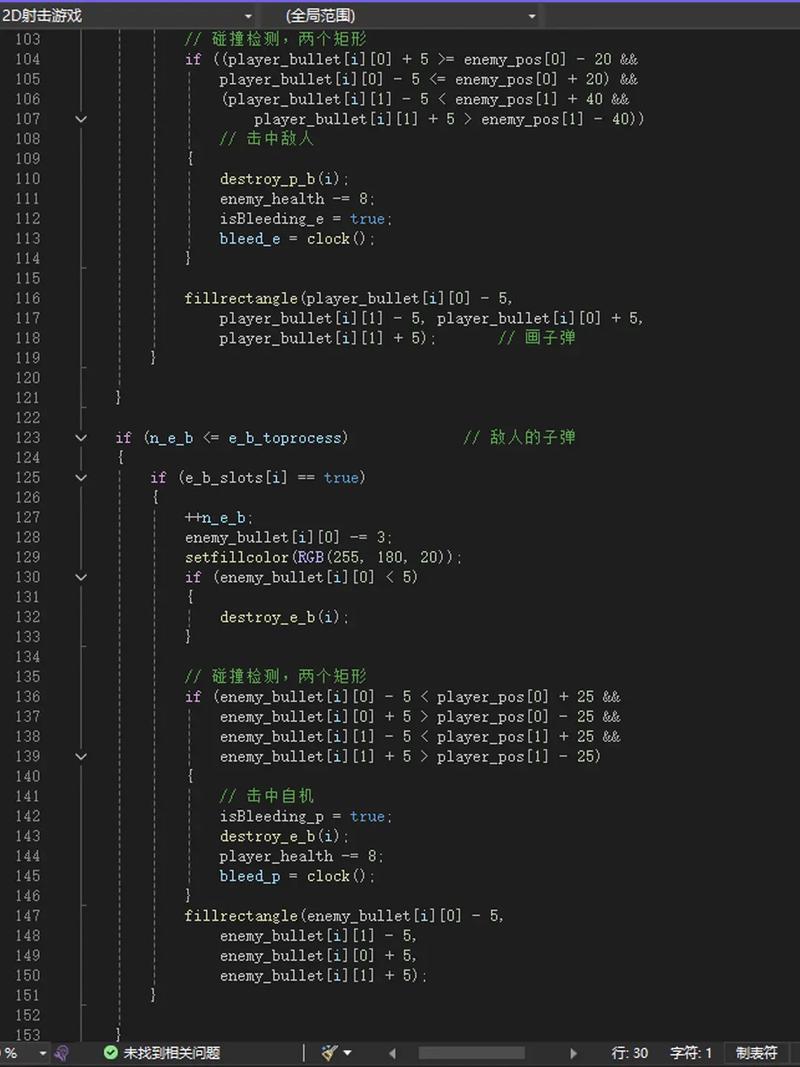C++ Game Animation Programming: A Comprehensive Guide for Online Learning
Are you fascinated by the world of game development and animation? Do you want to dive into the exciting realm of C++ game animation programming? If so, you’ve come to the right place. This article will provide you with a detailed and multi-dimensional introduction to C++ game animation programming, focusing on online resources and learning opportunities.
Understanding C++ Game Animation Programming
C++ is a powerful and versatile programming language that has been widely used in game development for many years. It offers a high level of control and performance, making it an excellent choice for creating complex and engaging game animations.

Game animation programming involves creating the visual and motion elements that bring games to life. This includes character animations, environmental effects, and interactive elements. By mastering C++ game animation programming, you can create stunning and immersive game experiences.
Online Learning Resources
With the advent of the internet, learning C++ game animation programming has become more accessible than ever. Here are some of the best online resources to help you get started:
| Resource | Description |
|---|---|
| Coursera: C++ Basics | This course provides a comprehensive introduction to C++ programming, covering fundamental concepts and syntax. |
| Udemy: C++ Game Programming | This course focuses on game development using C++, covering topics such as graphics, physics, and animation. |
| Codecademy: Introduction to C++ | Codecademy offers an interactive introduction to C++ programming, making it easy to learn at your own pace. |
| YouTube: C++ Game Development Tutorials | This playlist features a variety of tutorials on C++ game development, including animation techniques. |
Key Concepts in C++ Game Animation Programming
Before diving into the specifics of C++ game animation programming, it’s important to understand some key concepts:
- Game Engine: A game engine is a software framework that provides tools and libraries for game development. Popular game engines include Unity, Unreal Engine, and Godot.
- Graphics API: Graphics APIs, such as OpenGL and DirectX, are used to render graphics in games. They provide a set of functions and tools for creating 2D and 3D graphics.
- Physics Engine: A physics engine simulates the physical behavior of objects in a game, such as gravity, collision detection, and motion.
- Animation Framework: An animation framework provides tools and functions for creating and managing animations in a game.
Creating Animations with C++
Creating animations in C++ involves several steps, including:

- Designing the Animation: This involves creating the keyframes and motion paths for the animation.
- Implementing the Animation: You’ll need to write code to interpolate between keyframes and apply the animation to game objects.
- Optimizing the Animation: To ensure smooth performance, you’ll need to optimize your animation code and use efficient data structures.
Here are some popular libraries and tools for creating animations in C++:
- Assimp: A library for importing 3D models and animations into your game.
- Blender: A free and open-source 3D creation suite that can be used to design and animate characters and environments.
- OpenAL: A cross-platform audio library that can be used to synchronize animations with sound effects.
